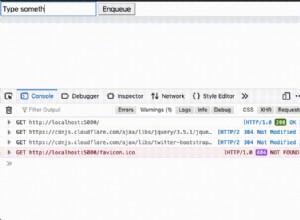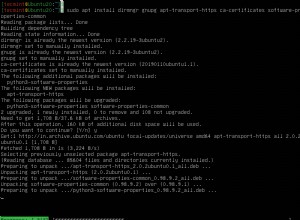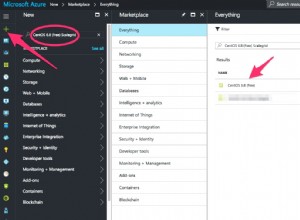Udostępnianie kodu przyszłym czytelnikom:
var RedisClustr = require('redis-clustr');
var RedisClient = require('redis');
var config = require("./config.json");
var redis = new RedisClustr({
servers: [
{
host: config.redisClusterHost,
port: config.redisClusterPort
}
],
createClient: function (port, host) {
// this is the default behaviour
return RedisClient.createClient(port, host);
}
});
//connect to redis
redis.on("connect", function () {
console.log("connected");
});
//check the functioning
redis.set("framework", "AngularJS", function (err, reply) {
console.log("redis.set " , reply);
});
redis.get("framework", function (err, reply) {
console.log("redis.get ", reply);
});




